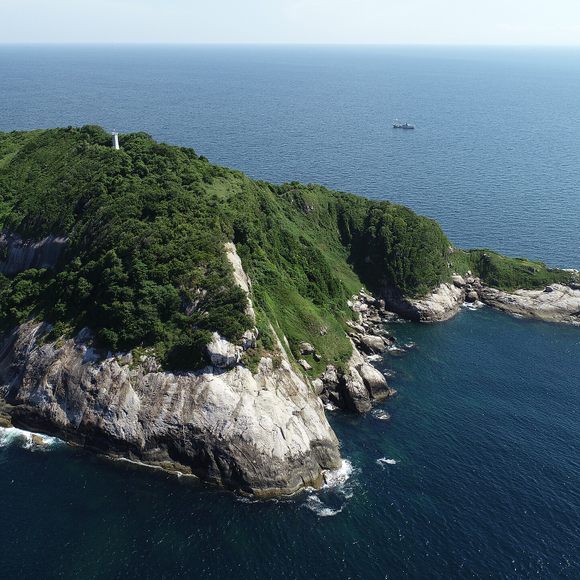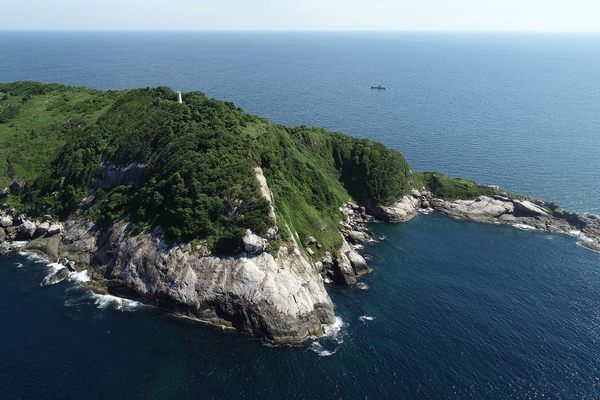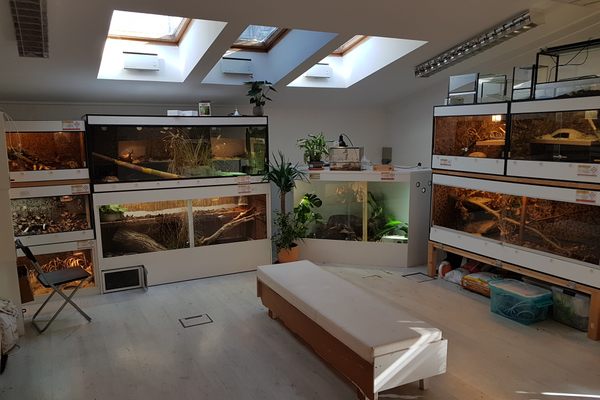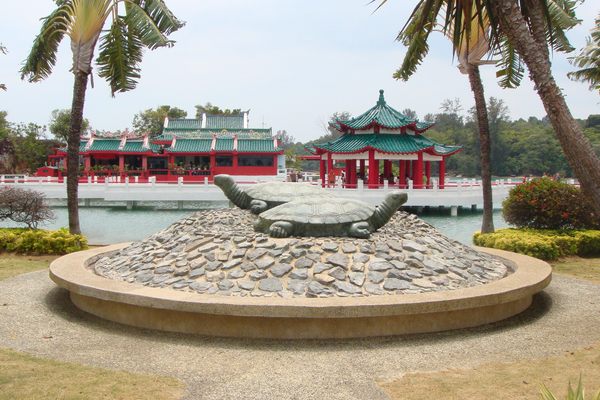AO Edited
Snake Island (Ilha da Queimada Grande)
Off-limits and full of venomous pit vipers, Brazil’s Snake Island has a frighteningly apt nickname.
Off the coast of Brazil, almost 93 miles away from downtown São Paulo, is Ilha da Queimada Grande, also known as “Snake Island.” The island is untouched by human developers for a very good reason. Researchers estimate that 2,000 to 4,000 golden lanceheads live on the island—that’s between one and five snakes per square meter.
The number of snakes might not be so terrible if they were, say, two inches long and nonvenomous. But the snakes on Queimada Grande are a unique species of pit viper, the golden lancehead (Bothrops insularis). The lancehead genus of snakes is responsible for 90 percent of Brazilian snakebite-related fatalities. Golden lanceheads can grow to well over half a meter long, and they possess a powerful fast-acting venom that melts the flesh around their bites.
Many migratory seabirds use Queimada Grande as a resting point—enough to feed a remarkably dense snake population. The golden lancehead’s potent venom evolved due to the need for the snake to quickly incapacitate and kill seabirds that land on the island’s trees before they are able to fly away. On an island ecosystem occupied by hundreds of competitors—but no ground-level predators—the deadly venom of the golden lancehead maximizes its potential to feed and survive.
Golden lanceheads are so dangerous that, with the exception of some scientific outfits, the Brazilian Navy has expressly forbidden anyone from landing on the island.
While there are no official records of a golden lancehead biting a human, locals in the coastal towns near Queimada Grande love to recount two grisly tales of death on Snake Island. In one, a fisherman unwittingly wanders onto the island to pick bananas. Naturally, he is bitten. He manages to return to his boat, where he promptly succumbs to the snake’s venom. He is found sometime later on the boat deck in a great pool of blood.
The other story is of the final lighthouse operator and his family. One night, a handful of snakes enter through a window and attack the man, his wife, and their three children. In a desperate gambit to escape, they flee towards their boat, but they are bitten by snakes on branches overhead.
Marcelo Duarte, a biologist who has visited Snake Island over 20 times, says that the locals’ claim of one to five snakes per square meter is an exaggeration, though perhaps not by much. One snake per square meter is more like it. Not that that should ease one’s mind: At one snake per meter, you’re never more than three feet away from death.
Know Before You Go
Presently, reaching the island legally requires the cooperation of the Brazilian Navy. A safer bet is to try to see snakes in mainland Brazil, in captivity.
To do this you have three options: Golden lanceheads can legally be seen at the Butantan Institute in São Paulo in the Serpentarium if one asks politely. Alternatively, you could head to the São Paulo Zoo where in the snake house you will find an enclosure that contains five adult lanceheads. Your final option is to head to the Zoológico Municipal Quinzinho de Barros in Sorocaba city, state of Sao Paulo, where you can see a very special golden lancehead snake that lives happily in the reptile house.
Community Contributors
Added by
Plan Your Trip
The Atlas Obscura Podcast is Back!




































Follow us on Twitter to get the latest on the world's hidden wonders.
Like us on Facebook to get the latest on the world's hidden wonders.
Follow us on Twitter Like us on Facebook